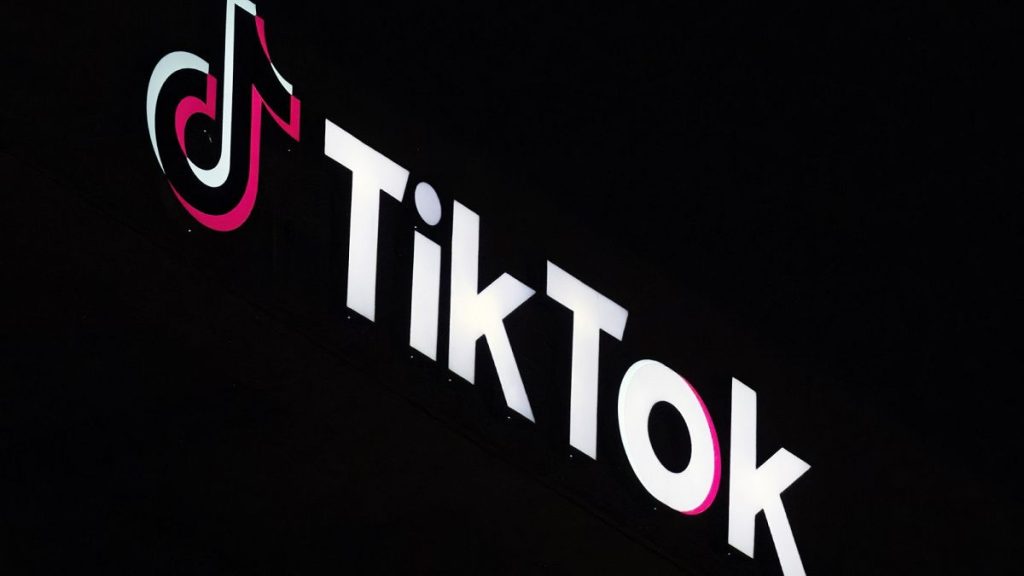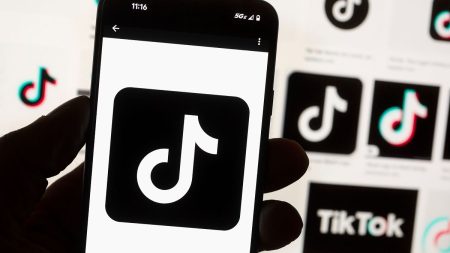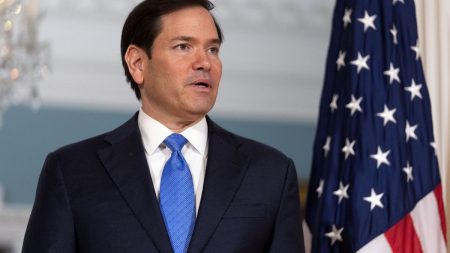The impending ban of TikTok in the United States has sparked widespread concern and uncertainty, particularly among its vast user base and content creators who rely on the platform for entertainment, income, and social commentary. With the Supreme Court upholding the ban and the app expected to disappear from US app stores, millions of users face the prospect of losing access to a platform that has become deeply ingrained in their daily lives. The ban, driven by national security concerns related to TikTok’s Chinese ownership, raises complex questions about data privacy, freedom of speech, and the future of social media in the US.
The ban’s immediate impact will be the removal of TikTok from US app stores, preventing new downloads and updates. While existing users will retain access initially, the lack of updates will gradually degrade the app’s functionality and security, eventually rendering it unusable. Workarounds like VPNs may offer temporary solutions, allowing users to mask their location and access the app through servers outside the US. However, the effectiveness and legality of these methods remain uncertain, and tech companies may implement further restrictions to enforce the ban. Additionally, sideloading apps through third-party stores on Android devices poses security risks, potentially exposing users to malware.
The ban’s long-term consequences are more far-reaching, impacting not only individual users but also the broader social media landscape. Content creators who have built their careers on TikTok face the daunting task of migrating their audiences to alternative platforms like Instagram Reels and YouTube Shorts. While these platforms offer similar short-form video formats, the transition will inevitably involve challenges, including rebuilding follower bases and adapting to different algorithms and community dynamics. The loss of TikTok as a platform for creative expression, social commentary, and news dissemination will also be felt by its diverse user base, particularly younger generations who have embraced the app as a primary source of information and entertainment.
For users, preserving their favorite TikTok content becomes a priority. The app allows users to download their own posted videos and photos, as well as content from creators who permit downloads. However, restrictions apply to private accounts and accounts belonging to users under 16. Users can also request a copy of their TikTok data, which includes viewing history and comments, though this process may take several days. The scramble to save content highlights the value users place on the platform and the potential loss they face with its disappearance.
The future of TikTok in the US remains uncertain, with the incoming Trump administration signaling a willingness to explore options to “preserve” the app. While national security concerns remain a primary driver of the ban, the administration’s stance suggests a potential for negotiation and compromise. The presence of TikTok’s CEO at the inauguration alongside prominent tech figures underscores the platform’s significance and the ongoing dialogue surrounding its fate. Balancing national security interests with the platform’s popularity and economic impact presents a complex challenge for the new administration.
The TikTok ban underscores the increasing tensions between governments and tech companies, particularly those with international ties. The debate surrounding data privacy, content moderation, and the influence of foreign-owned platforms on public discourse is likely to intensify in the coming years. The outcome of the TikTok saga will set a precedent for future regulations and shape the evolving relationship between technology, government, and society. As alternative platforms rise to fill the void left by TikTok, the landscape of social media in the US will undergo a significant transformation, with implications for content creation, user engagement, and the dissemination of information.














